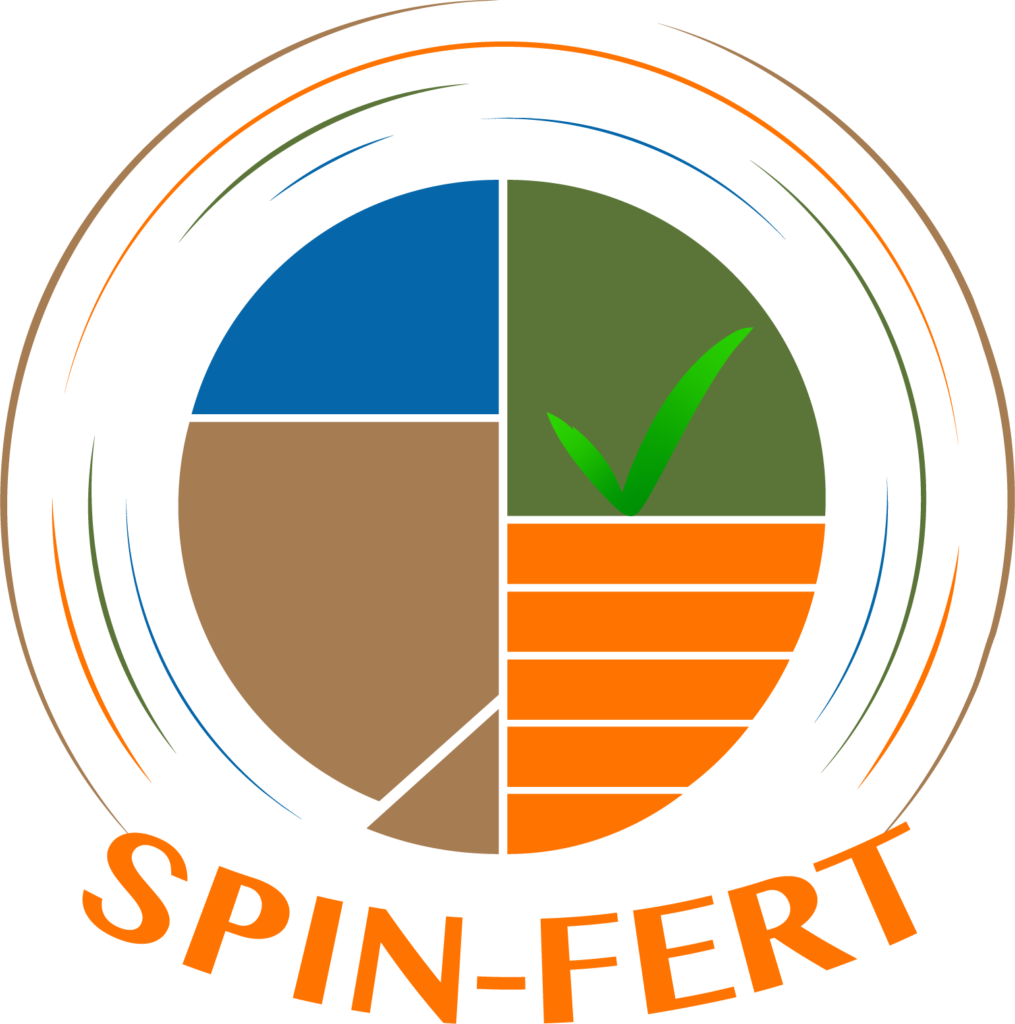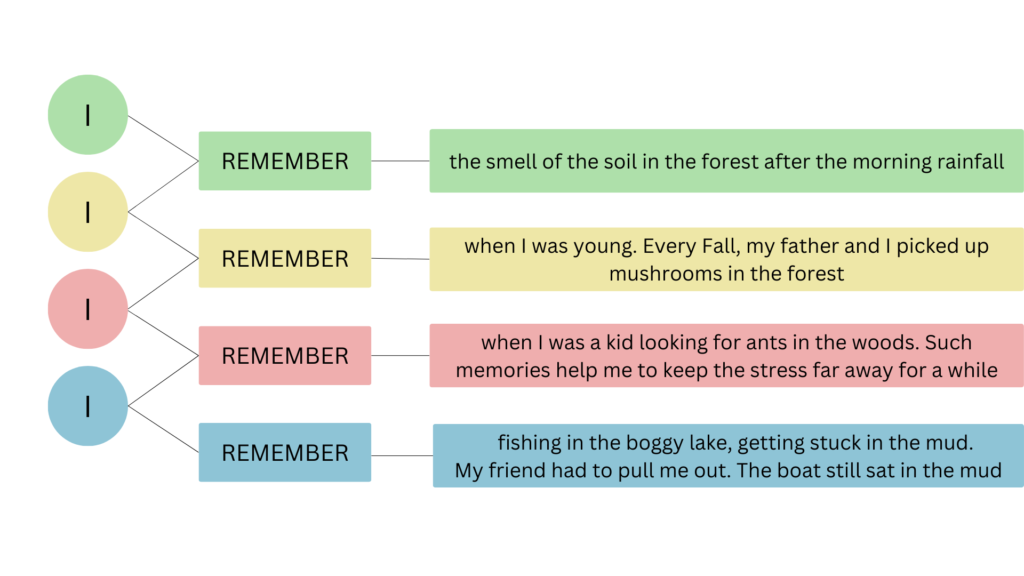e
m
o
r
y
e
x
u
s


Art & Science project being developed by Joanna Hoffmann with the ASN Team in the frame of the SPIN-FERT / Horizon Europe (Misson Soil) program
The Breath of Soil: Memory Nexus is an art-science project that delves into the intricate relationship between soil and humans. Employing the sense of smell, it explores the soil and human memory, combining scientific, societal, cultural and personal perspectives.
The project supports the communication of SPIN-FERT reserach on healthy soil, soil analysis and circular economy in horticulture
The scent of soil is a treasure trove of knowledge about its composition and the processes that occur in it. At the same time, it is a source of emotions and memories stored in the unfathomable layers of human memory. The Breath of the Soil: Memory Nexus intertwines nature and culture, scientific knowledge with individual experiences that resonate over time, shaping our identity and bonds with the world.
The creative process involves participants from various backgrounds smelling samples of soil and recording memories and emotions evoked by them. These spontaneous responses are then collected into list poems, following the scheme “I remember….” and categorised into four groups. They serve as the foundation for creating models of RNA molecules, which play a fundamental role in cellular and evolutionary processes, including the transfer of genetic information.

RNA models composed of individual memories will be printed in a 3D printer from biodegradable materials. These particular “memory molecules” will be added to the soil and disintegrate over time, becoming part of the “living memory” of the soil and, indirectly, of the plants that will grow from it.

Memory Molecules will be archived as an interactive website, serving as a repository of our collective memory and a message about the crucial value of healthy soil for current and future generations.
Following the assumption that All is Data, memory is conceptualised here as a zone of communication and dynamic interplay between various data sets. This is inspired by Leroy Cronin’s Assembly Theory, which theorises life as the property of ”the Universe creating memory.”
Molecular Poetry
Click on the circles to uncover the whispered secrets of memories, captured in the words of poets who have immortalized their thoughts, emotions, and the lingering echoes of the past.
This composition is built upon the intricate secondary structure of RNA, which, like DNA, is composed of four essential bases: adenine, uracil, cytosine, and guanine ( denoted by the letters A, U, C and G ). Each RNA molecule folds into a unique shape, a structure dictated by the specific sequence and pairing of these bases. The resulting shape is crucial, as it determines the RNA's function within the cell.
Our environment is full of narratives, full of memories. Even the air we breathe is full of pieces of information – molecules of DNA, RNA which float, are inserted, metabolized, disperse, interact. We all breathe these scattered fragments of information, of scraps of memory.
RNA is an encoded information; it is an encoded memory that reaches the beginning of life and of the universe itself. We all contribute to this common memory, which will certainly outlast our individual paths. This memory is never ever static but is a dynamic set of data, which are never ever independent but always in interaction between other data or sets of data, ever-changing and transforming.
RNA as the fundamental molecule of life and its evolution
According to the RNA World hypothesis, RNA is the molecule from which the Big Web of Life evolved. The RNA (Ribonucleic acid) is the base of the phylogenetic tree, showing the evolutionary relationships among various biological species and entities. Today RNA plays a key role in most cellular processes including the translation of the genetic information into proteins and regulation of genes expression, thus it is considered a key tool of biotechnology and bioengineering.
RNA – molecular poetry
RNA can be seen as a form of molecular poetry. It is not only its composition of sentences (sequences of nucleotides) but also its structures creating shortcuts, surprising new forms by bringing together different ‘areas,’ but also about the symbolic meaning of RNA as a changing agent, sensitive to environmental factors, allowing it to create new meanings and potentials.
